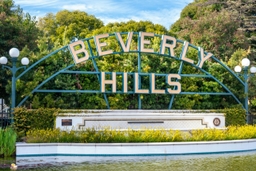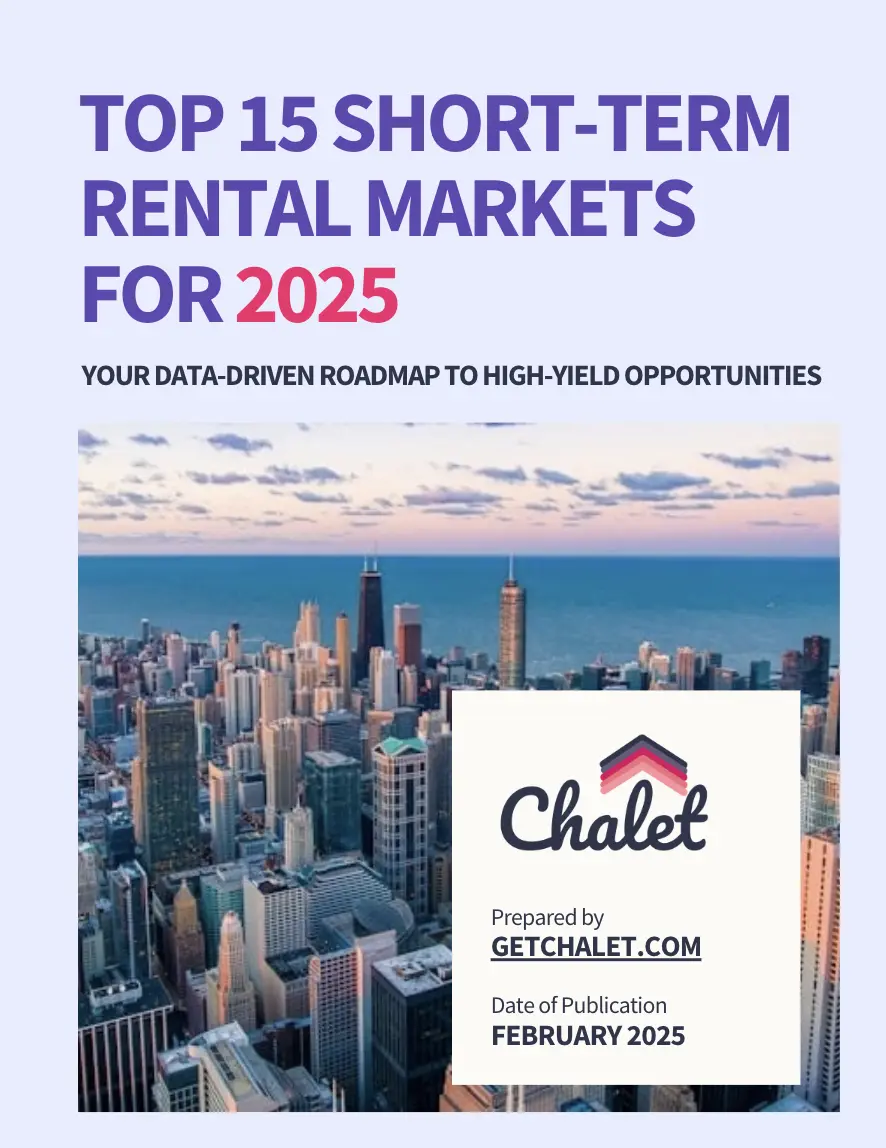The golden era of “buy any Airbnb, and it’ll cash flow” is officially over in many markets. Locations like Galveston, Texas, and parts of Florida and California are experiencing a glut — too many short-term rentals chasing not enough guests.
In Galveston alone, the number of STR listings has surged 42% over the past two years, doubling the local inventory, according to the Houston Chronicle (2025). While STR bookings have grown nationally, they haven’t kept pace with supply in these oversaturated zones — causing lower occupancy rates, price cuts, and investor exits.
What Does the Data Say?
Let’s look at actual figures from GetChalet — a platform offering STR calculators, market analysis, and tax optimization tools for investors.
Here’s what real investors earned in Year 1 Cash Flow after Cost Segregation:
| Investor | Property Location | Year 1 Tax-Adjusted Cash Flow |
| Michael S | Tennessee (STR) | $39,964 |
| Kelly Kee | Florida (STR) | $51,157 |
| Andrew Perero | Hawaii (STR) | $23,881 |
| Aaron Lax | Florida (STR) | $28,227 |
| Ron Kao | California (STR) | $59,269 |
Ron Kao’s property in California, despite high competition, managed to earn over $59K in first-year tax-adjusted income, thanks to smart asset allocation and using cost segregation tools offered on GetChalet’s platform.
Investor Questions You Might Be Asking
1. Is Airbnb still worth it in 2025?
Yes, but not everywhere. The one-size-fits-all approach is dead. You must analyze:
- Local regulations
- Market saturation levels
- Daily rate trends vs. expenses
- Seasonality and events
Use the Airbnb Calculator from GetChalet to evaluate if a property in your target area will actually cash flow.
2. Which markets are oversaturated?
Markets to approach cautiously in 2025 include:
- Galveston, TX
- Scottsdale, AZ
- Joshua Tree, CA
- Orlando, FL
According to data from AirDNA and local STR studies, these areas have experienced inventory booms without a proportional increase in demand.
According to data from AirDNA and local STR studies, these areas have experienced inventory booms without a proportional increase in demand. This kind of oversaturation means hosts need to be extra strategic optimizing everything from pricing and amenities to listing photos, reviews, and descriptions. That’s where Chalet becomes your best partner, helping you stand out and become a Top Host in even the most competitive markets.
3. How do I avoid investing in a “dead” market?
Avoid buying based on Airbnb hype. Instead:
- Use GetChalet’s STR Calculator to stress-test ROI
- Review occupancy rates and ADR trends
- Check city/county permit caps and future zoning laws
- Look at reviews and local news to measure demand shifts
4. What can I do if I already own a property in a saturated market?
Options:
- Pivot to mid-term rentals (30–90 days) to reduce vacancy
- Invest in premium upgrades or theming (luxury pools, home theaters, etc.)
- Utilize cost segregation studies to boost after-tax cash flow
- List on multiple platforms (e.g., Furnished Finder, Booking.com) to widen exposure
5. What is cost segregation and why does it matter for STRs?
Cost segregation lets you break down your property into components (like appliances, furniture, etc.) that depreciate faster — increasing your first-year tax deductions.
Example from GetChalet investor data:
Ron Kao added $196,189 in improvements, leading to $160,696 in Year 1 depreciation and $59,269 in added cash flow.
Real Numbers Matter — Use the Right Tools
Instead of guessing or relying on outdated rules of thumb, use GetChalet’s free tools to analyze your next move:
- STR Calculator – Projects occupancy, revenue, and expenses
- Airbnb ROI Tool – Calculates taxes, cash flow, and payback
- Cost Segregation Estimator – Helps uncover hidden tax savings
- Market Research Reports – Find growing vs. declining markets by zip code







